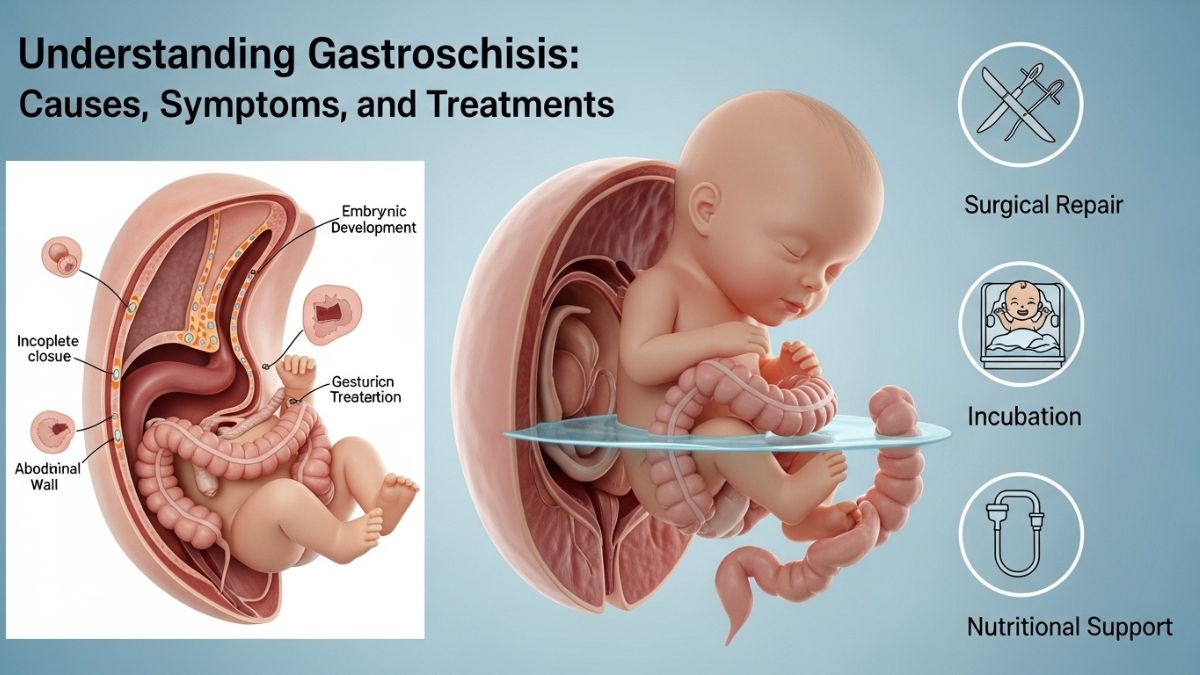Every second counts in a hospital’s Emergency Room (ER) and Intensive Care Unit (ICU). Most patients come in with the potential of severe health complications such as a heart attack, stroke, or respiratory arrest. Thus, nurses have a significant function to perform right at the outset during such times.
According to the American Heart Association (AHA), nearly 356,000 out-of-hospital cardiac arrests occur annually in the United States, with survival rates significantly increasing when trained professionals intervene quickly. In hospital settings, rapid and effective emergency response can make the difference between life and death.
This is where Advanced Cardiac Life Support certification comes in handy. The ACLS course provides modified knowledge of advanced cardiopulmonary resuscitation, medication administration, and treatment of different complicated cases of heart and other related complications. For ER and ICU nurses, ACLS certification is not just an added qualification—it is a necessity.
Brief Overview Of ACLS Certification
What is ACLS?
Advanced Cardiac Life Support certification is a special cardiology training program that trains healthcare practitioners to manage conditions involving the heart and nervous system. It advances beyond Basic Life Support (BLS) by including airway management, ECG analysis, and medications.
ACLS vs. BLS: What’s the Difference?
While BLS (Basic Life Support) covers fundamental CPR (Cardiopulmonary Resuscitation) and AED (Automated External Defibrillator) usage, ACLS focuses on:
- Recognizing and managing respiratory and cardiac arrest
- Understanding and interpreting electrocardiograms (ECGs)
- Administering emergency medications like epinephrine and atropine
- Performing advanced airway interventions
The High-Stakes Nature of ER and ICU Nursing
ER and Intensive Care Units are some of the most challenging wards in any health facility. This is because, patients admitted here are usually in critical and dire conditions that need urgent, serious attention, due to:
- Cardiac Arrest – Sudden cessation of heart function
- Stroke – Blockage or rupture of blood vessels in the brain
- Respiratory Failure – Inability to breathe effectively
- Sepsis – A life-threatening infection that can lead to organ failure
Why ACLS is Vital in High-Stress Environments
- Split-Second Decisions Matter – Nurses must quickly assess a deteriorating patient’s condition and administer the right intervention.
- Frequent Exposure to Critical Cases – Unlike general wards, ER and ICU nurses regularly handle unstable patients.
- Collaboration with Physicians – Advanced Cardiac Life Support certification training enables nurses to work effectively with doctors during emergencies, ensuring seamless team coordination.
How ACLS Improves Patient Outcomes
1. Faster Response in Cardiac Emergencies
ACLS-certified nurses recognize various forms of heart complications on time and take the necessary action. Research demonstrates that the earlier administration of shock and proper medication use will enhance the situation and the likelihood of the patient’s survival.
2. Reduced Mortality Rates
The effectiveness of a hospital in responding to cardiac events influences its mortality rates significantly. Advanced Cardiac Life Support certification equips nurses to:
- Perform effective CPR and defibrillation
- Administer the correct medication protocols
- Stabilize patients before further treatment
3. Real-Life Impact of ACLS Training
Imagine a scenario where a patient in the ICU suddenly goes into cardiac arrest. A nurse without ACLS training might have to wait for a doctor to give instructions, losing precious time. However, an ACLS-certified nurse can:
- Recognize the arrhythmia immediately
- Initiate the correct resuscitation protocol
- Coordinate effectively with the medical team
This quick, skilled intervention can save a life.
ACLS Certification: A Career Requirement
Maintenance of Advanced Cardiac Life Support certification registration is mandatory for nurses working in the ER and ICU departments of many hospitals. This is because health facilities’ core values include patient safety and quality care.
1. Professional Credibility and Career Growth
Professionals with ACLS certification are well-equipped to manage complex cases as compared to those nurses without such accreditation. This makes them:
- More valuable to employers
- Better prepared for leadership roles
- Eligible for career advancements
2. Competitive Edge in Hiring
Effective communication is highly demanded in the ER and ICU environment as nurses, doctors, and emergency crews work as a single team. ACLS certification enables nurses to appreciate medical procedures well enough to share ideas with their counterparts.
Building Confidence and Leadership Skills
ACLS training not only enhances clinical skills but also fosters leadership abilities.
- Taking Charge in Emergencies
- Nurses with ACLS certification can lead resuscitation efforts until physicians arrive.
- They can instruct junior staff on CPR techniques and emergency procedures.
- Stronger Team Coordination
ER and ICU settings involve the active participation of nurses, physicians, and emergency service providers. ACLS certification assists in deepening the understanding of the managing guidelines, which is effective for team cooperation.
- Increased Confidence
Handling critical situations with confidence reduces panic and increases decision-making efficiency. ACLS training ensures nurses remain calm under pressure.
The Certification Process and Renewal
Getting ACLS certified is a straightforward process.
How to Get ACLS Certified
- Enroll in an AHA-Approved ACLS Course
Before applying for an ACLS certification, one must complete a course that the AHA or any other accreditation agency accredits. These courses are offered in hospitals, medical colleges, and universities; however, students can also take ACLS classes online from various institutions. - Complete Hands-On Training on Emergency Response and Resuscitation Techniques
The ACLS Course involves a theoretical or lecture component and a practical component. Nurses will also understand new state-of-the-art CPR and airway management and related issues such as ECG, IV medications, and staff members’ roles during emergency situations. - Pass the Written and Skills-Based Exam
Upon completing the coursework and practical training, nurses must take a written examination and a practical test. The written part usually consists of multiple-choice questions based on cardiac rhythms, pharmacology, and ACLS protocols.
Renewal Every Two Years
ACLS certification is not static; it has to be recurrent every two years to ensure that nurses are up to date on the current techniques, policies, and recommended approaches, among other things.
Renewal courses typically involve:
- A review of updated ACLS guidelines issued by the AHA.
- A refresher on life-saving techniques and emergency response protocols.
- A re-evaluation of practical skills through a hands-on skills test.
Conclusion
ACLS certification is not just a credential for professional practice but rather a strong tool that prepares the ER & ICU nurses to deliver critical care during emergent moments. When people are in critical situations where their life is on the line, fast decisions have to be made and it is useful to be confident in that ability. From ACLS training, nurses are in a position to identify the occurrence of cardiac events, together with the correct response to such events and even address the issue of team dynamics within a health facility.











